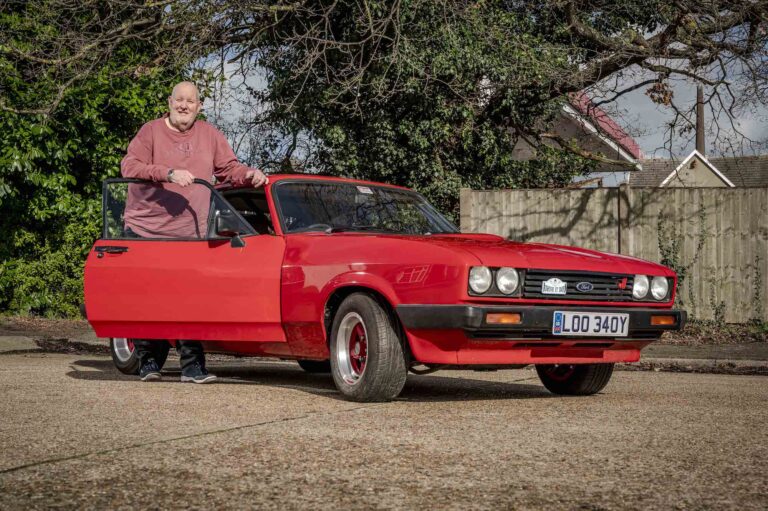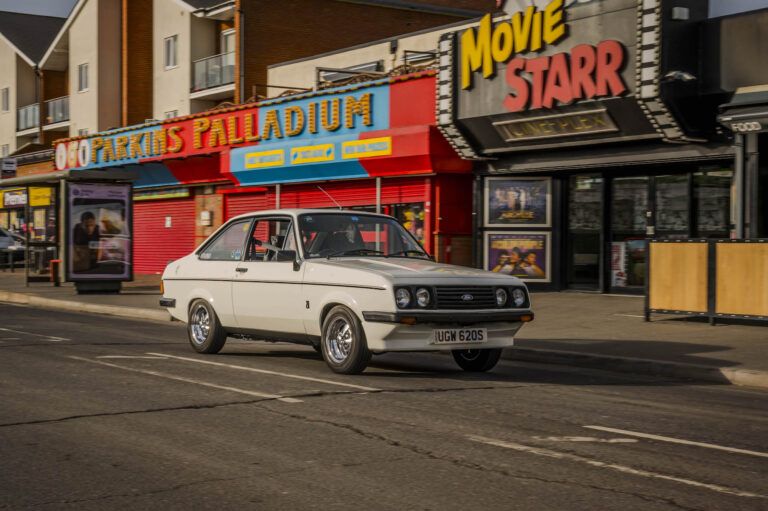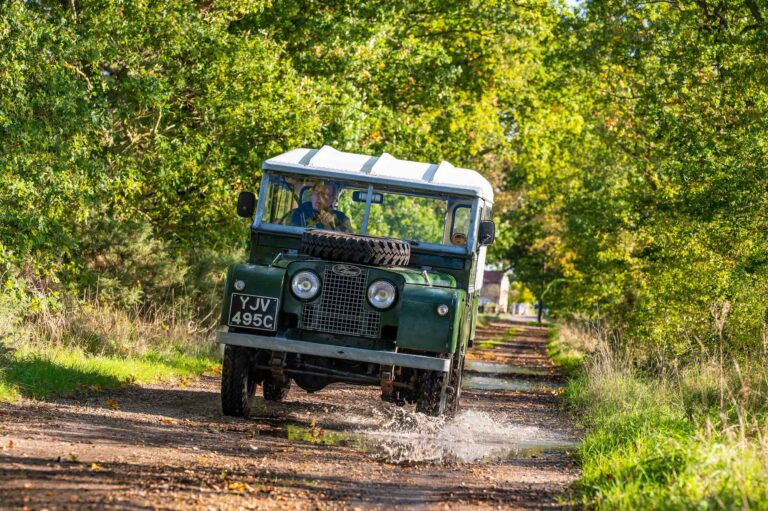It was spring 1976, and mechanic Chris Loynes was rebuilding the engine on a customer’s Series 1 E-Type Jaguar when he spotted something lurking in the corner of the garage.
The ‘58 Triumph TR3A looked neglected, and Chris went over to have a closer look.
“I remembered working on them, and I asked him why he didn’t use it,” says Chris. “He said it had failed the MoT on the front trunnions and, at that time, you couldn’t get them.
“But I knew where I could get some, so we nattered backwards and forwards during the course of the Jaguar engine rebuild and, in the end, we struck a deal and I bought it off him for £200.”
With the trunnions replaced, the TR was ready for the road in time for the longest, hottest of summers, when Britons were urged to ‘save water, bath with a friend”.
“It was brilliant,” he says, “I had quite a blistered face on more than one occasion, because in the hot weather it’s not just the sunshine, it’s also the wind that tends to flay the skin off.
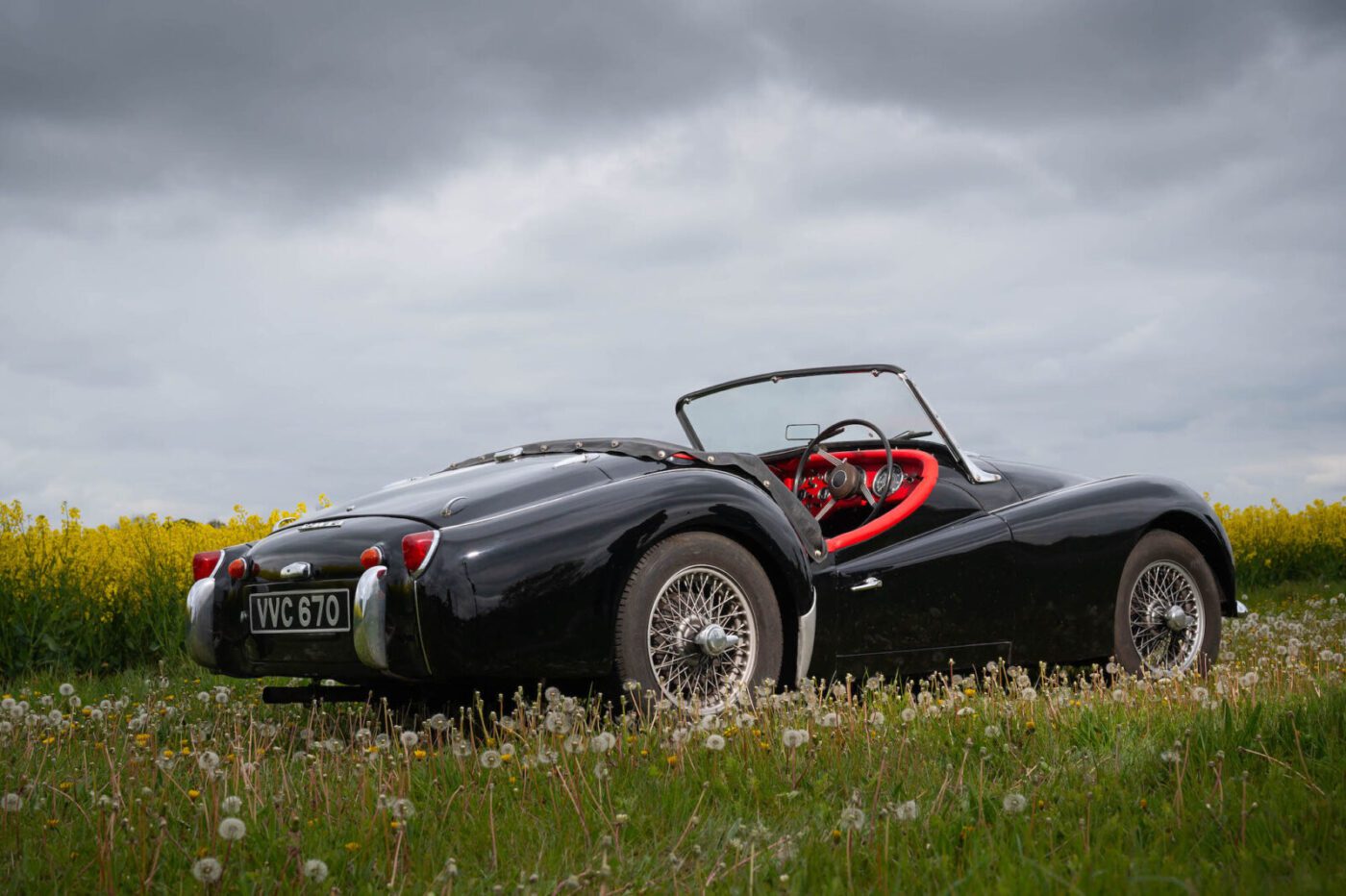
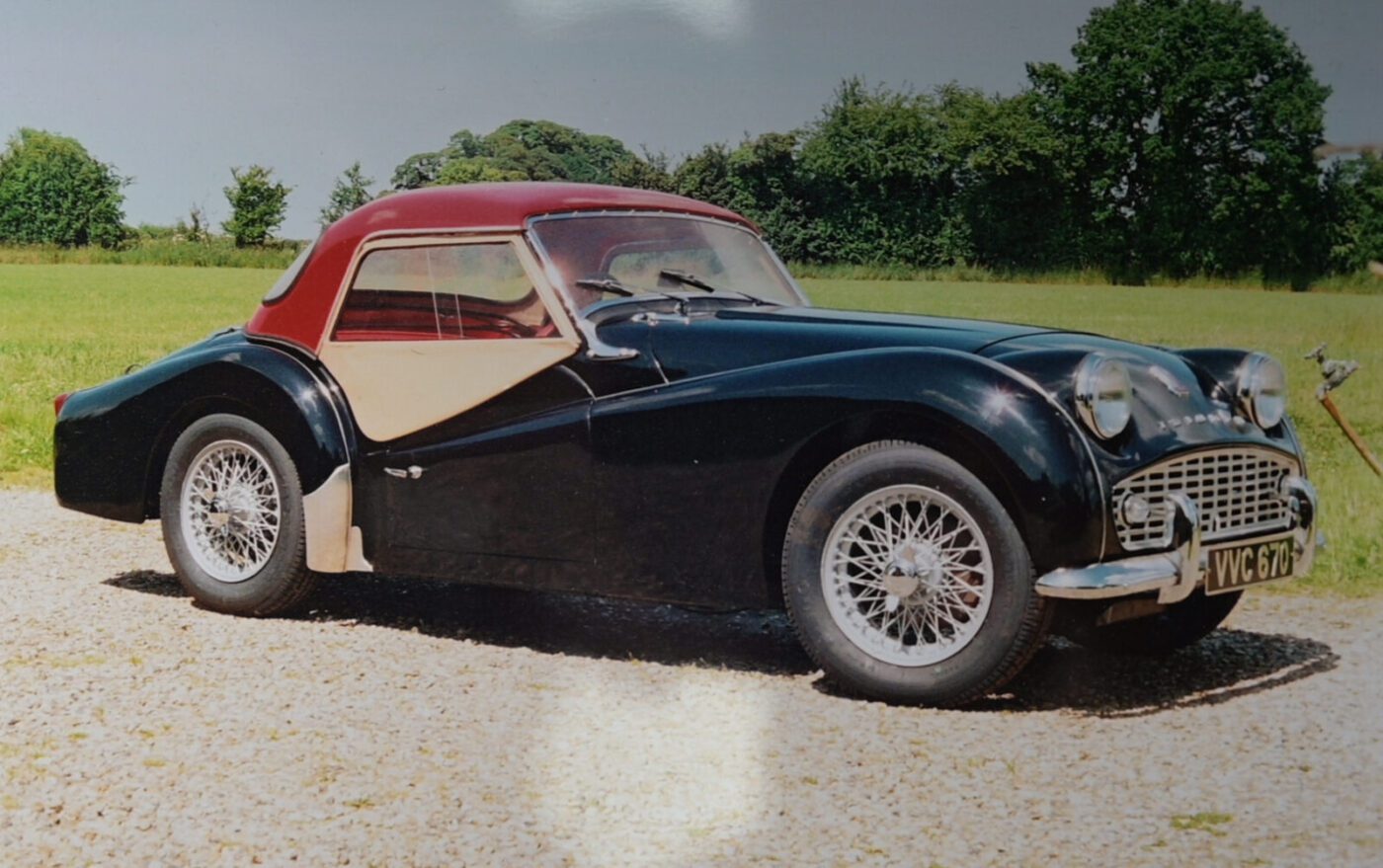
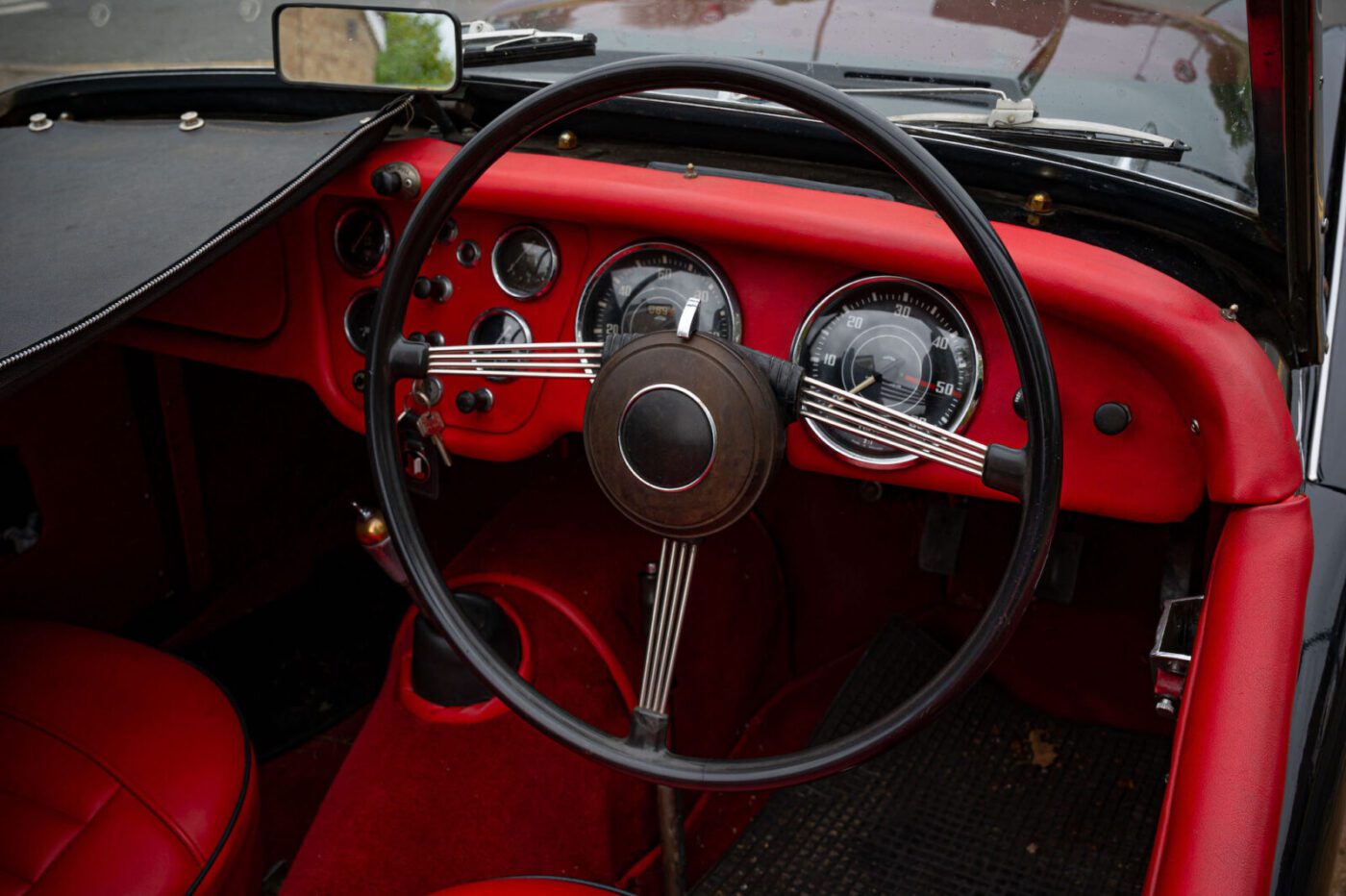
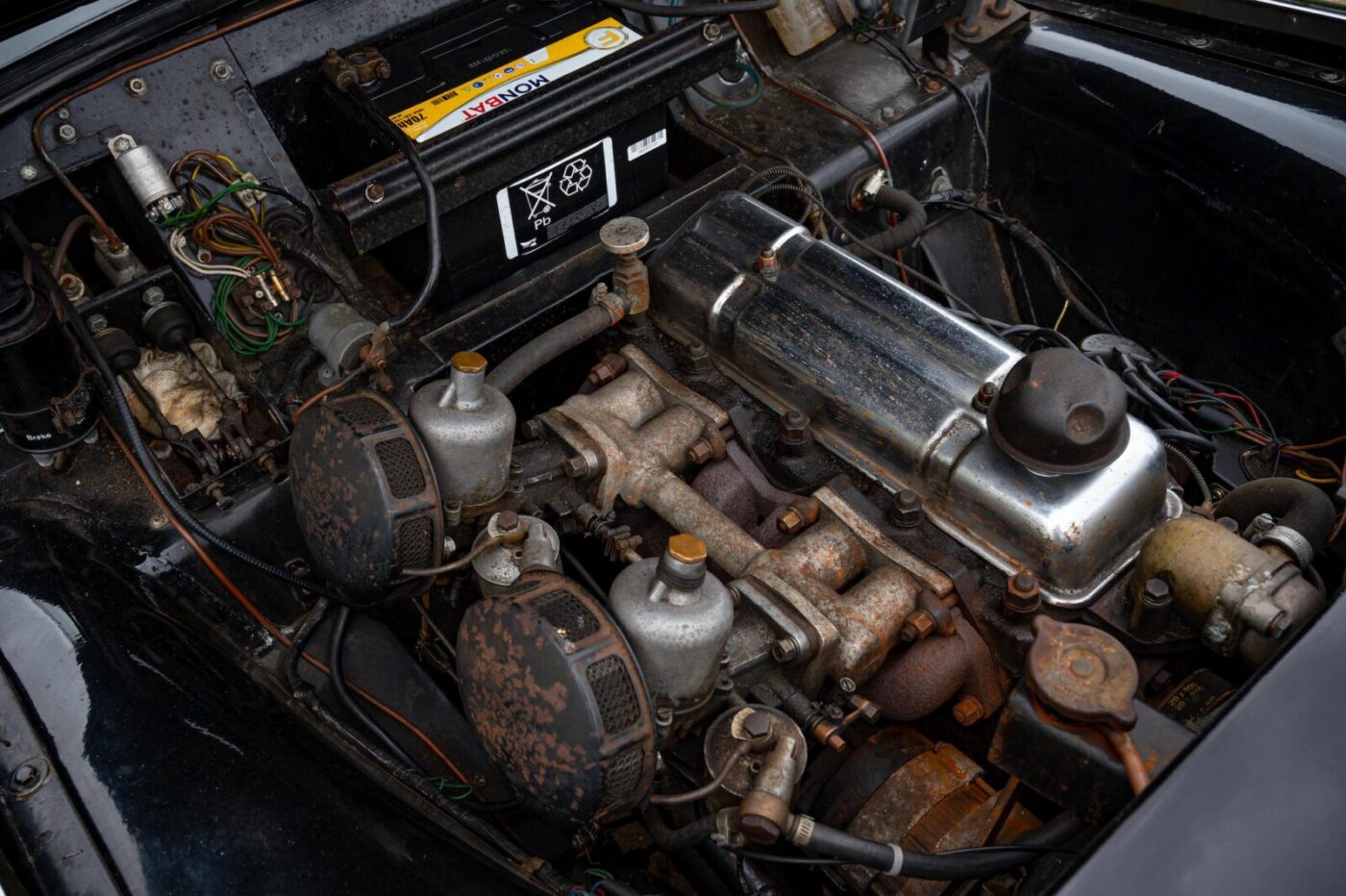
“I was just driving all over the place. I’d go to the Lake District, where my mother was, and all round Wales and Scotland. It used considerably less petrol than the Jaguar 420 I also had at the time, so I used it more frequently.
“It was a thousand different shades of red when I first took delivery of it, so I gave it a quick flat down and flashed a coat of black over it. I subsequently found that black was its original colour.”
It was the start of a long love affair with the TR3A, and Triumph sports cars full stop, as Chris was persuaded to join the TR Register he’s still actively involved with today.
“I was going to work one morning sometime in 1977, and this man in a white TR4A overtook me and sort of did a Sweeney job and pulled me over by the side of the road,” he remembers. “He said ‘are you in the TR Register’? I said I’d never heard of it, so he scribbled on the back of a piece of paper and said to come along to that address and I’ll introduce you. There were a dozen people there and they were quite a friendly bunch.”
READ MORE ABOUT SOME OF OUR GREATEST CLASSIC CARS WITH
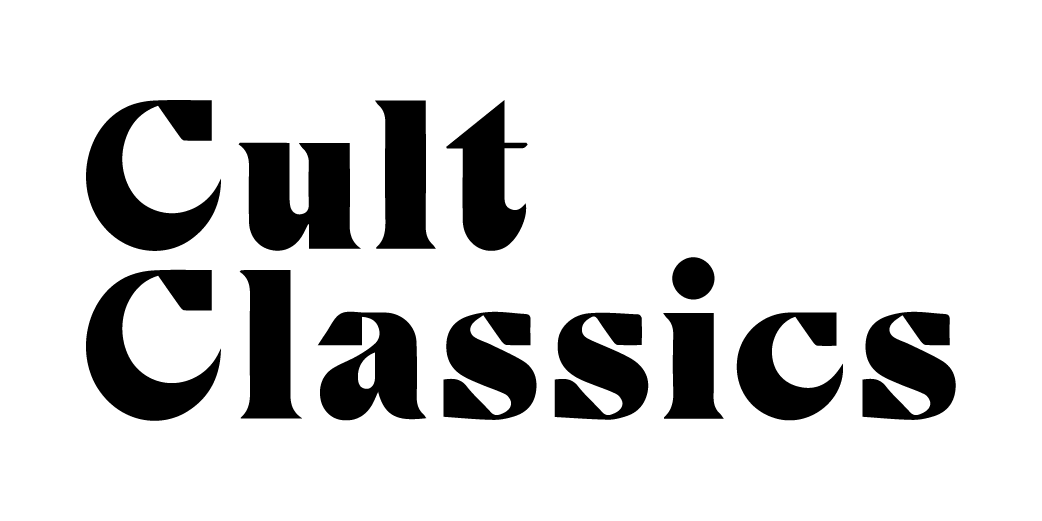
A series of articles on our Cult Classics site.
Chris’s talents as a motor engineer were welcomed with open arms by his fellow members and, each year, as summer approaches his phone will begin to ring.
“As soon as that bright thing in the sky starts shining the phone goes into meltdown,” he smiles, always ready to provide practical help – though he prefers to point people in the right direction and let them have a go themselves.
“We had a chap who was an accountant – he knew nothing about cars, but he completely rebuilt a 3A merely with advice from me. He did all the work himself, and if he got stuck he would tuck a workshop manual under one arm and come to see me at work. When he brought it in for MoT I couldn’t fault it.”
Chris, 73, became fascinated with cars as a boy of nine or 10 when his uncle rebuilt a burnt-out 1947 Jaguar SS 1.5-litre.
“My father was a cabinet maker, so he did all the woodwork, and my aunt worked in a shoe factory, so she did all the leather work,” he says. “It was quite a beautiful car, and I was just intrigued by it all. That’s how I got into it all.”
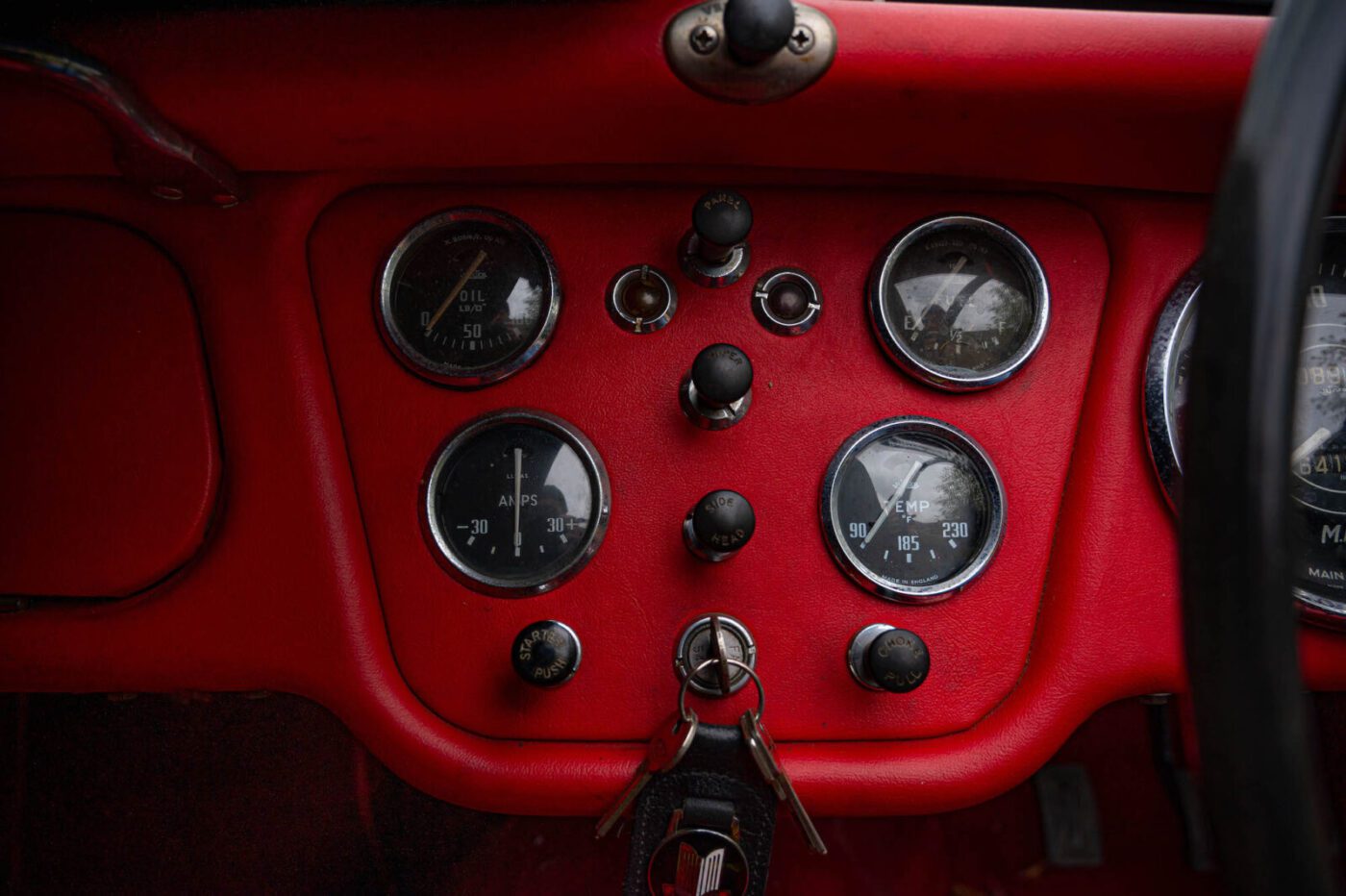
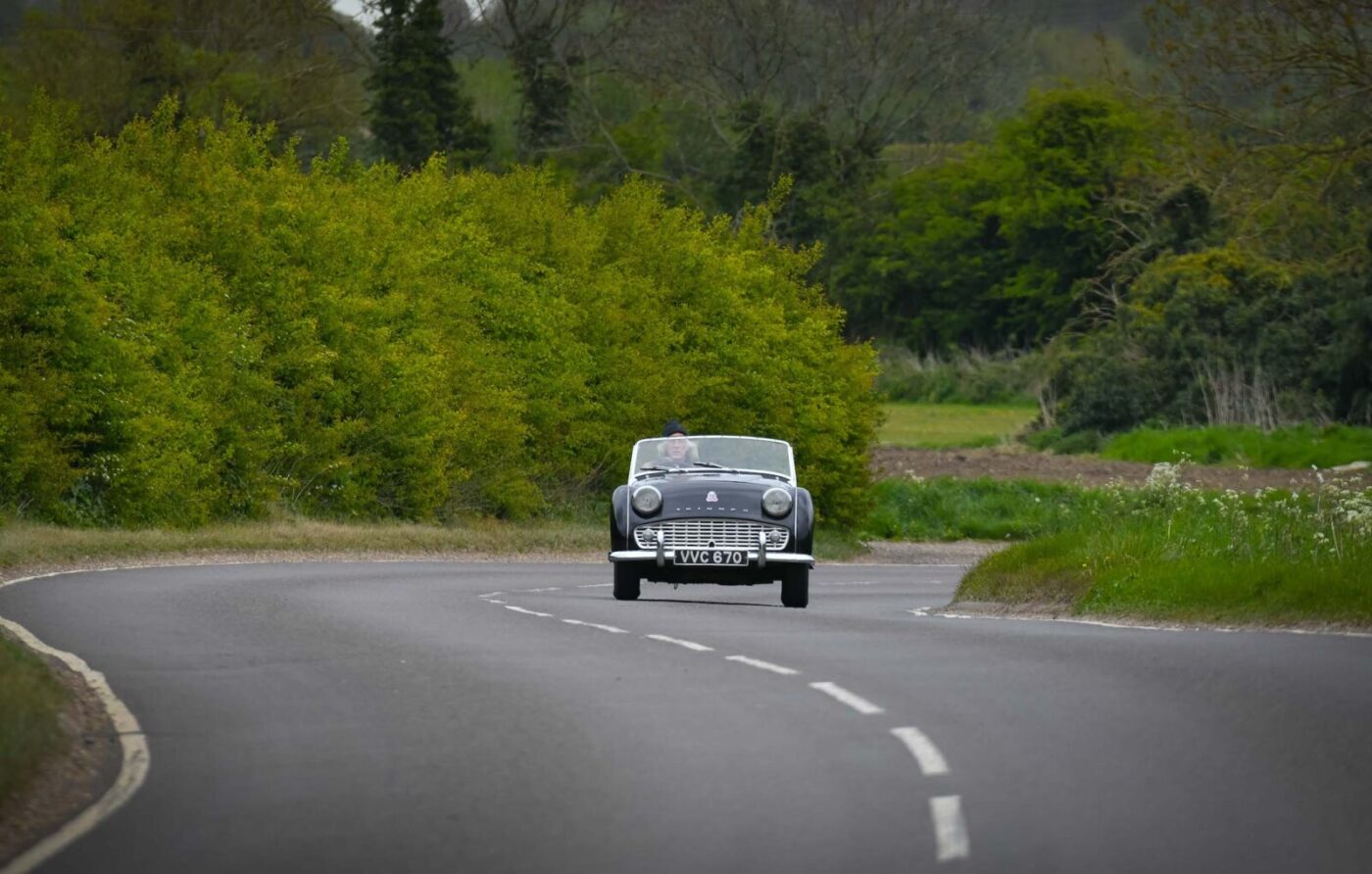
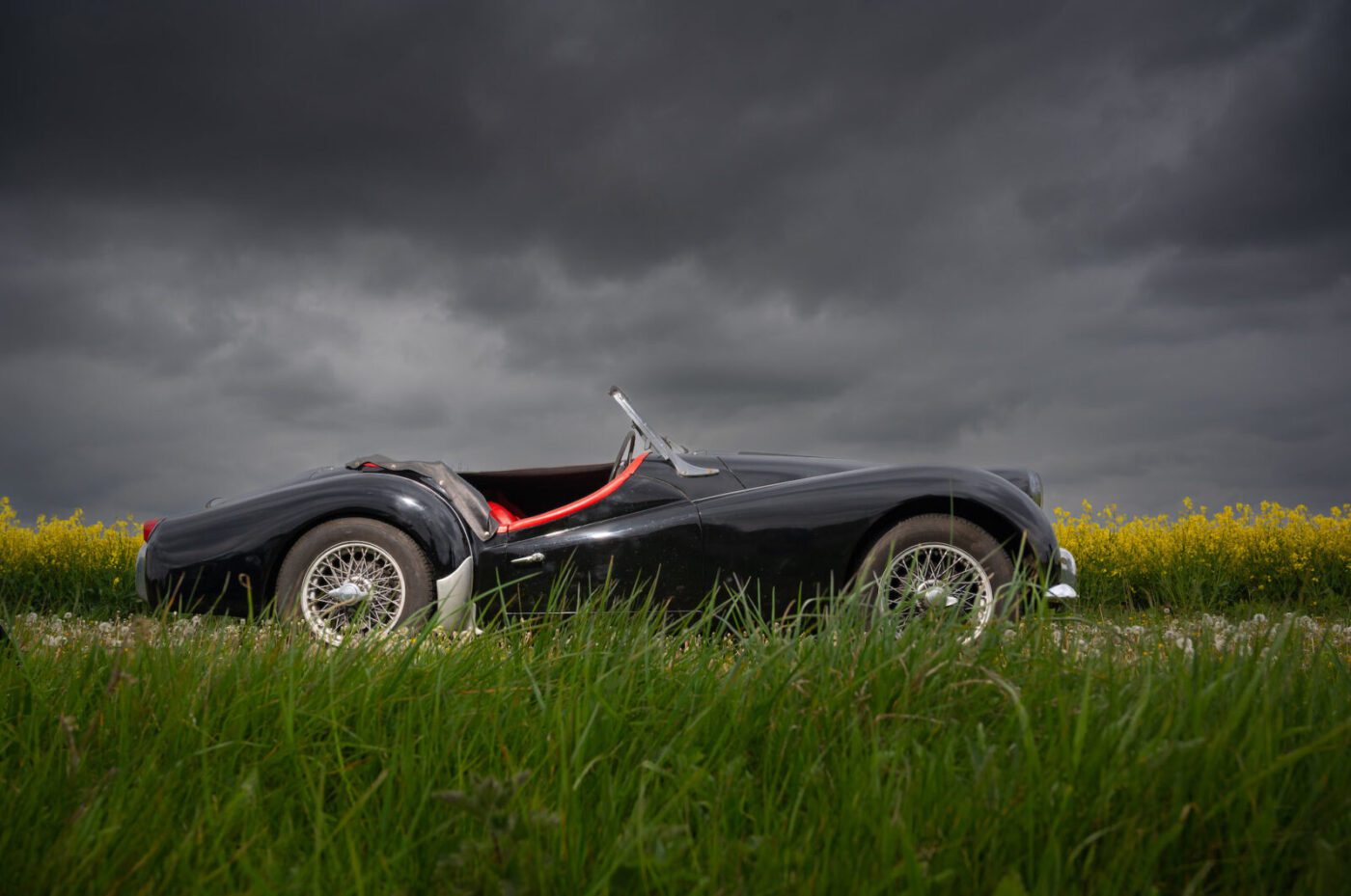
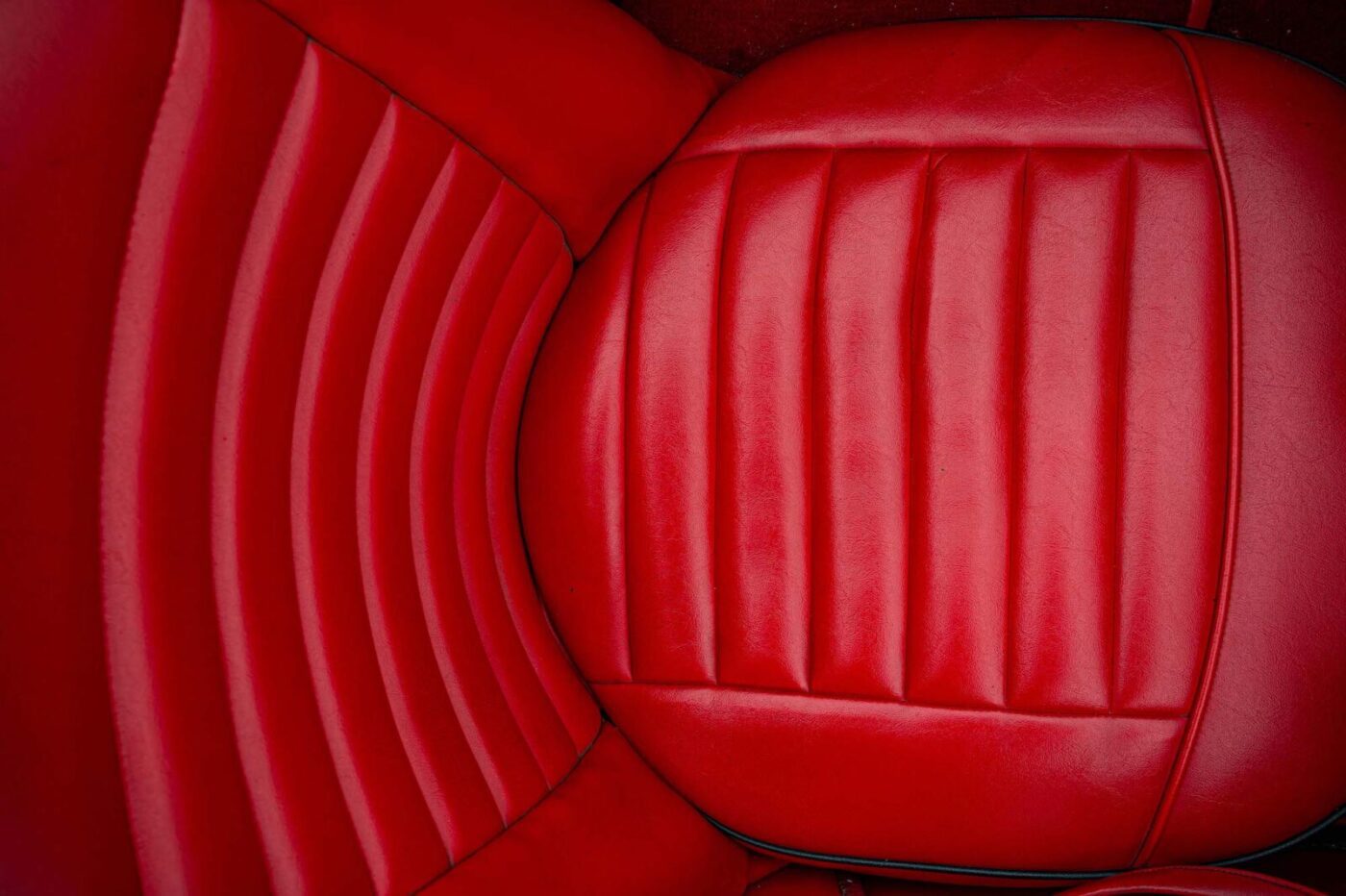
At 15, he started as an apprentice motor engineer, working mostly on Jaguars, Rovers and Triumphs, and bought his first car a year later, a 1949 Morris Minor MM series.
A diverse series of cars followed, including two Ford 100Es, a Ford Corsair, Rover 2000, Series 1 E-Type fixed head, and the Jaguar 420 he wishes he still owned today.
Having done little work to the TR3A since buying it in ‘76, Chris decided to “bite the bullet” in 1980 and take it off the road for a full restoration.
“It was getting a bit beyond the pale, so I stripped it down to the bare chassis and rebuilt the lot,” he says. “In truth, it was bloody diabolical, awful, and the interior was moth-eaten to say the least.”
The bodywork was treated to replacement floors, inner and outer sills, quarter panels, boot floor, front and rear wings, cockpit cappings, and spare wheel pan, while Chris created new doors from patterns taken from the old ones.
Under the bonnet, a reground crank was joined by a new camshaft, pistons, liners, valve guides, valves, rocker shaft and bushes, timing chain, oil seals and gaskets.
With the seats retrimmed in marine-quality vinyl, the TR was ready to go back on the road after about a year of working evenings and weekends.
81.5% of customers could get a cheaper quote over the phone
Protect your car with tailor-made classic car insurance, including agreed value cover and discounts for limited mileage and owners club discounts

In the meantime, however, Chris had bought a 1971 TR6 to tide him over – a car he also still owns today.
“I got it because the other one was off road,” he says. “A friend of a friend bought a TR6, but he was one of these guys who was very faddy, easily bored.
“He ran it, but then sold it to me because I’d built a TR4A for him. He didn’t have that for very long because it was not as quick and you can’t chuck it about like the TR6, so he sold that and bought a Cavalier!
“I got the TR6 for a knockdown price because of the work I’d done on his 4A.”
Within a couple of years, Chris was digging through the tea chests, boxes and dustbins full of spares that came with his 3A when he unearthed something interesting.
“There was a chap who wanted a wiper motor for a TR3, and I said ‘I’ve got one’, so I pulled it out of this bin and it had a bit of bulkhead attached to it with a commission plate – or the remains of one,” he says. “I thought ‘that’s interesting’. I let him have the wiper motor but kept the commission plate.
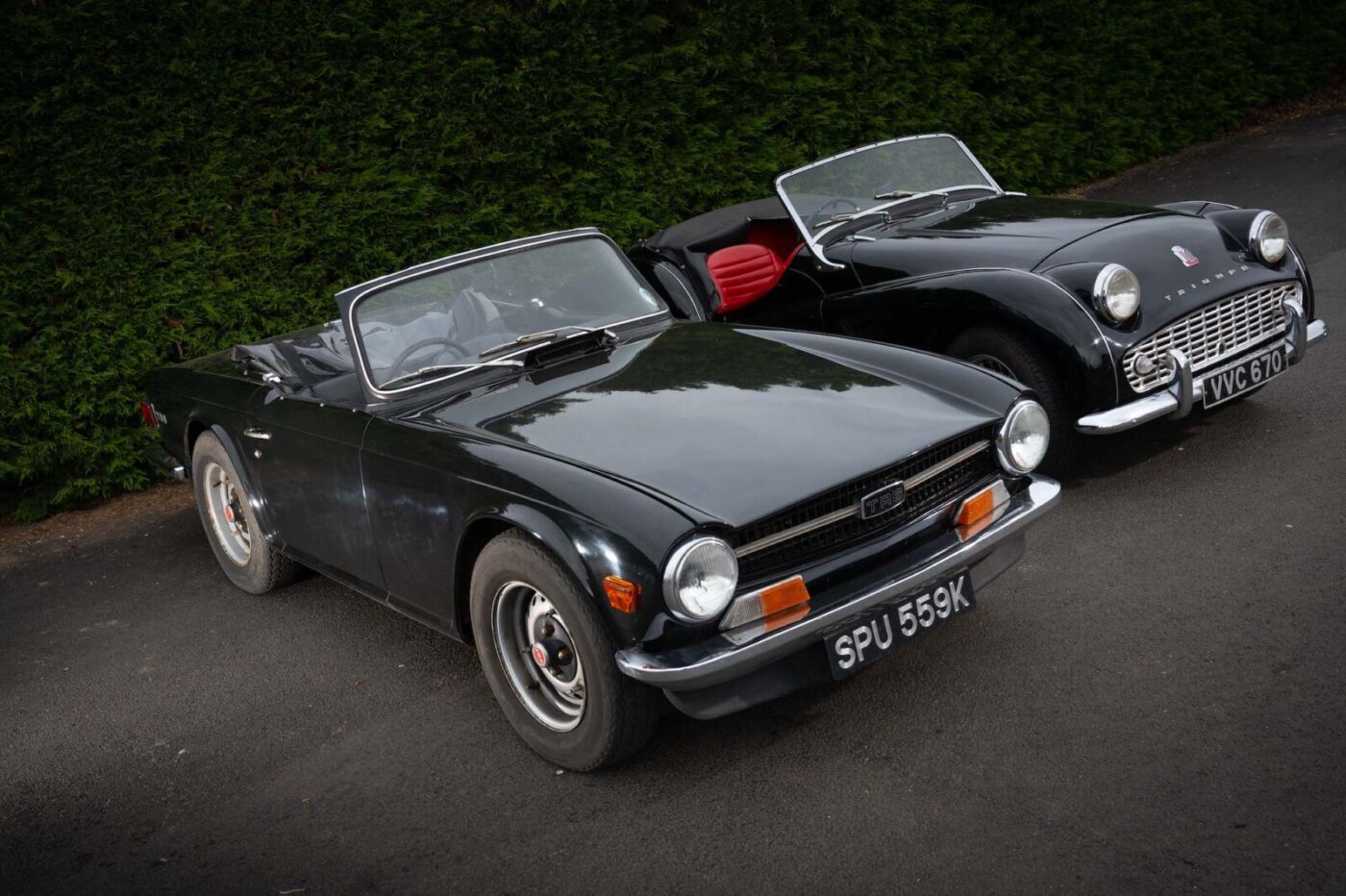
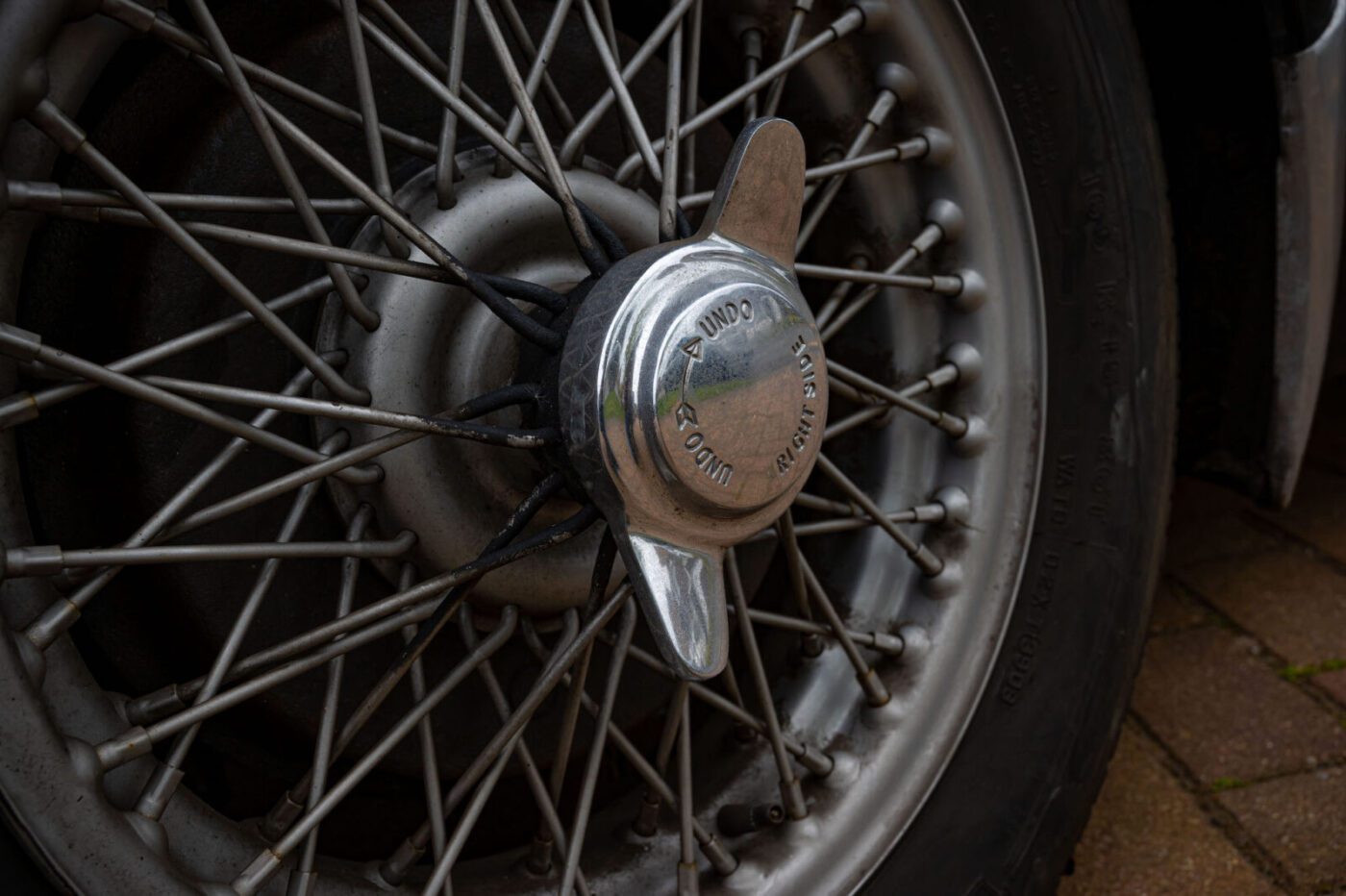
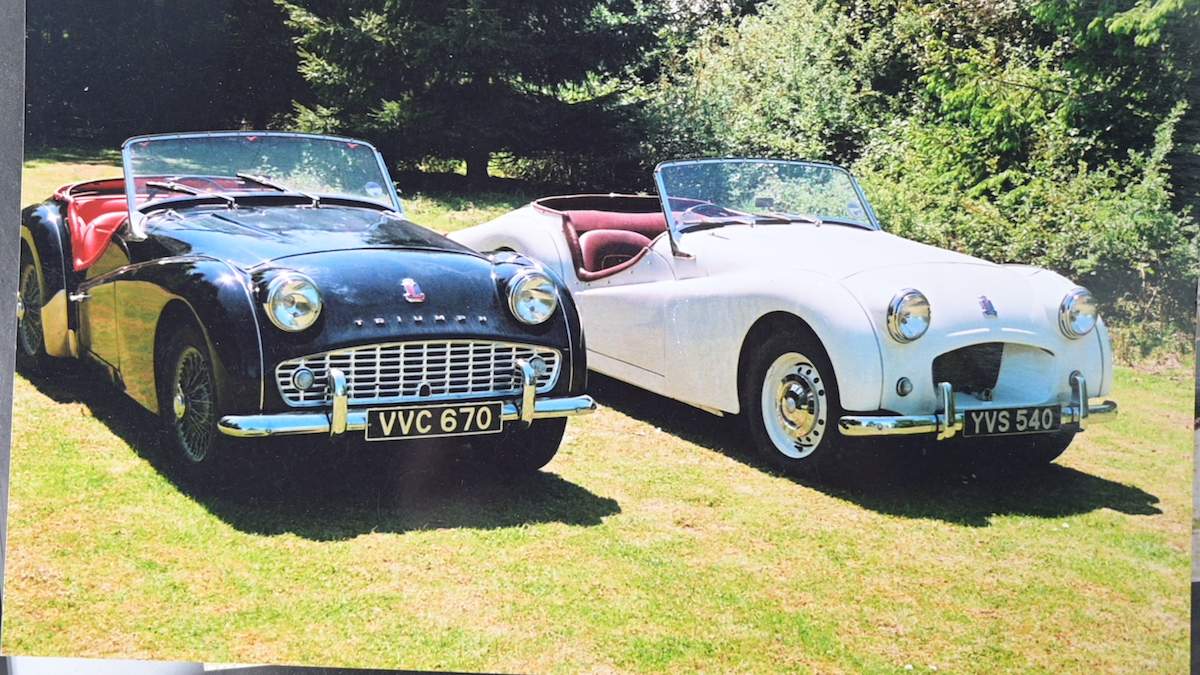
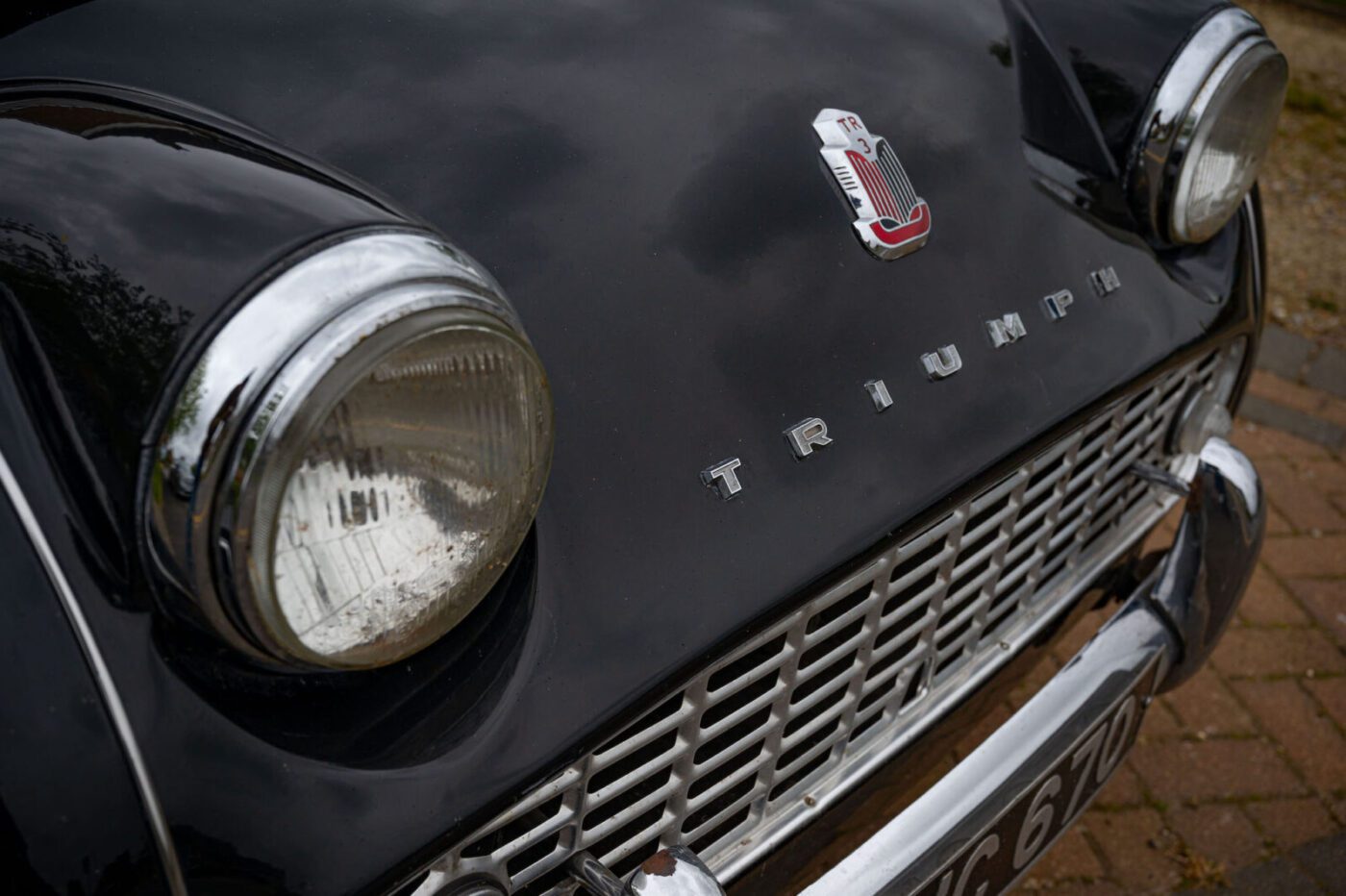
“I got in touch with the registrar at the TR Register about it and he gave me all the information. Sure enough, the spare engine I had matched the commission plate, so did the spare gearbox I had, and there were numerous things like instruments, seat runners, seat frames, the remains of a chassis, which also matched.
“I thought ‘I’ve got enough bits here to nearly make a car’ – I didn’t even know I owned a TR2, but it had been there all along.”
Chris set to work on the ‘54 car, rebuilding the 380th short door TR2 almost from scratch, fabricating much of the bodywork before taking the finished car to the DVLA for inspection.
“I presented them with this document from the TR Register, and they sent along a chap who inspected the car and said yes, this does what it says on the tin,” he says. “It was quite satisfying that I ended up with what it was originally.”
That was in 1983, and all three cars remain in regular use, with Chris grabbing whichever set of keys is nearest to hand.
READ MORE ABOUT SOME OF OUR GREATEST CLASSIC CARS WITH

A series of articles on our Cult Classics site.
“I just grab a set of keys, ‘oh that’s such and such’, and off I go,” he says. “They’re just everyday transport. I’m not into concours at all. I like the cars to be presentable, reliable, and safe, but the finer points of the prettiness doesn’t really appeal to me.
“Concours these days has got to the stage where the cars are far better than they ever were when they left the factory – people go round the door gaps with feeler gauges, it’s ridiculous. “When they were built, they were slung together, and that’ll do. If you drive 200 to 300 miles a week like I do, no car would be concours for very long.
“When I do a service, I go through them end to end and anything that needs doing gets done. It pays off because you know you can stick the key in and go wherever you want.”
This attitude of ‘usable cars’ extends to the weather, with Chris never afraid to go out in the rain – unlike many classic car owners.
“I once got told off by a woman in a traffic jam,” he says. “It was raining quite steadily, but it didn’t bother me, and this woman leaned out of her car window and said ‘you ought to be ashamed of yourself, bringing a lovely car like that out in this weather’. I thought ‘well, it’s a car – you’ve brought your car out…’
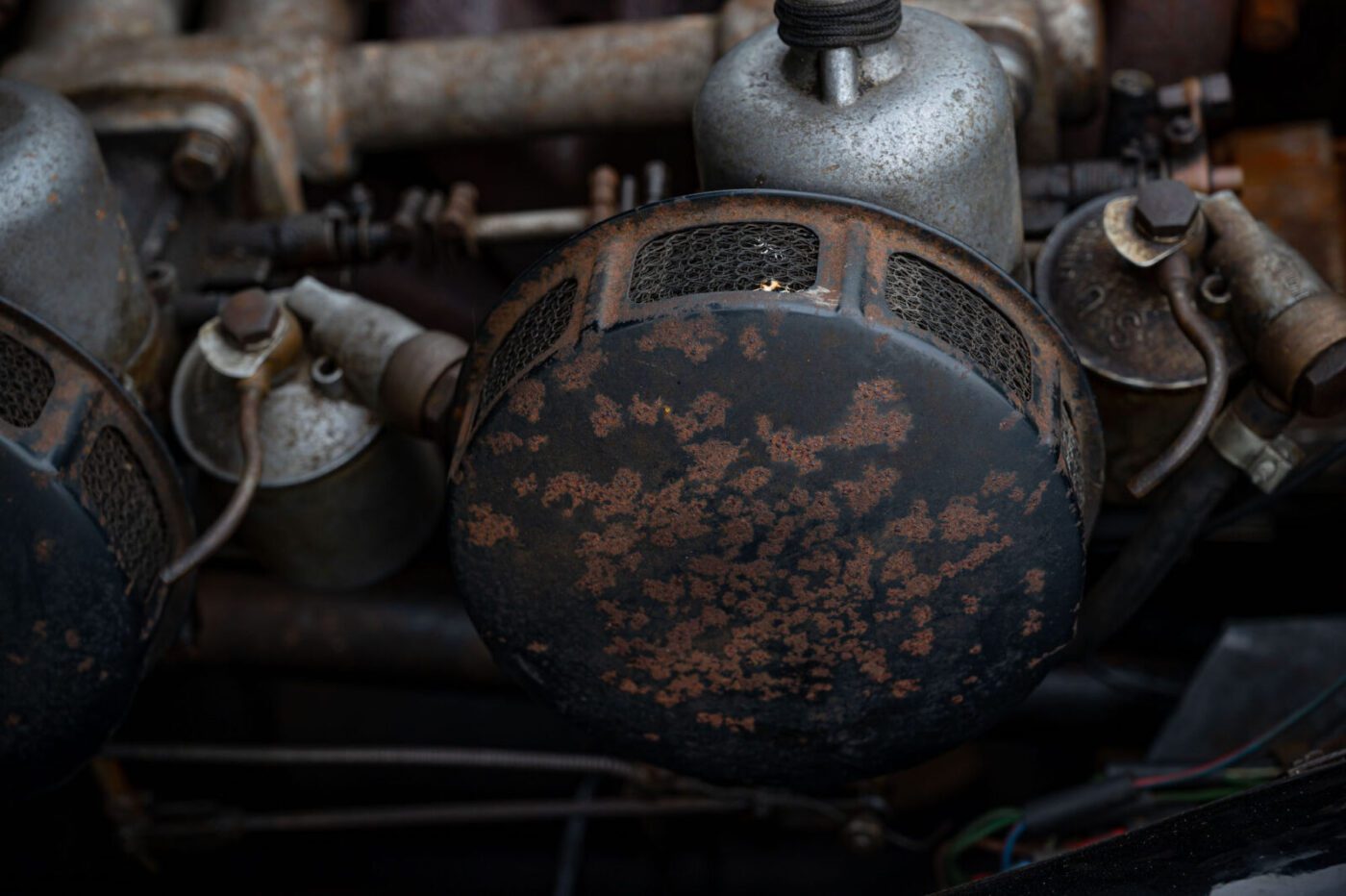
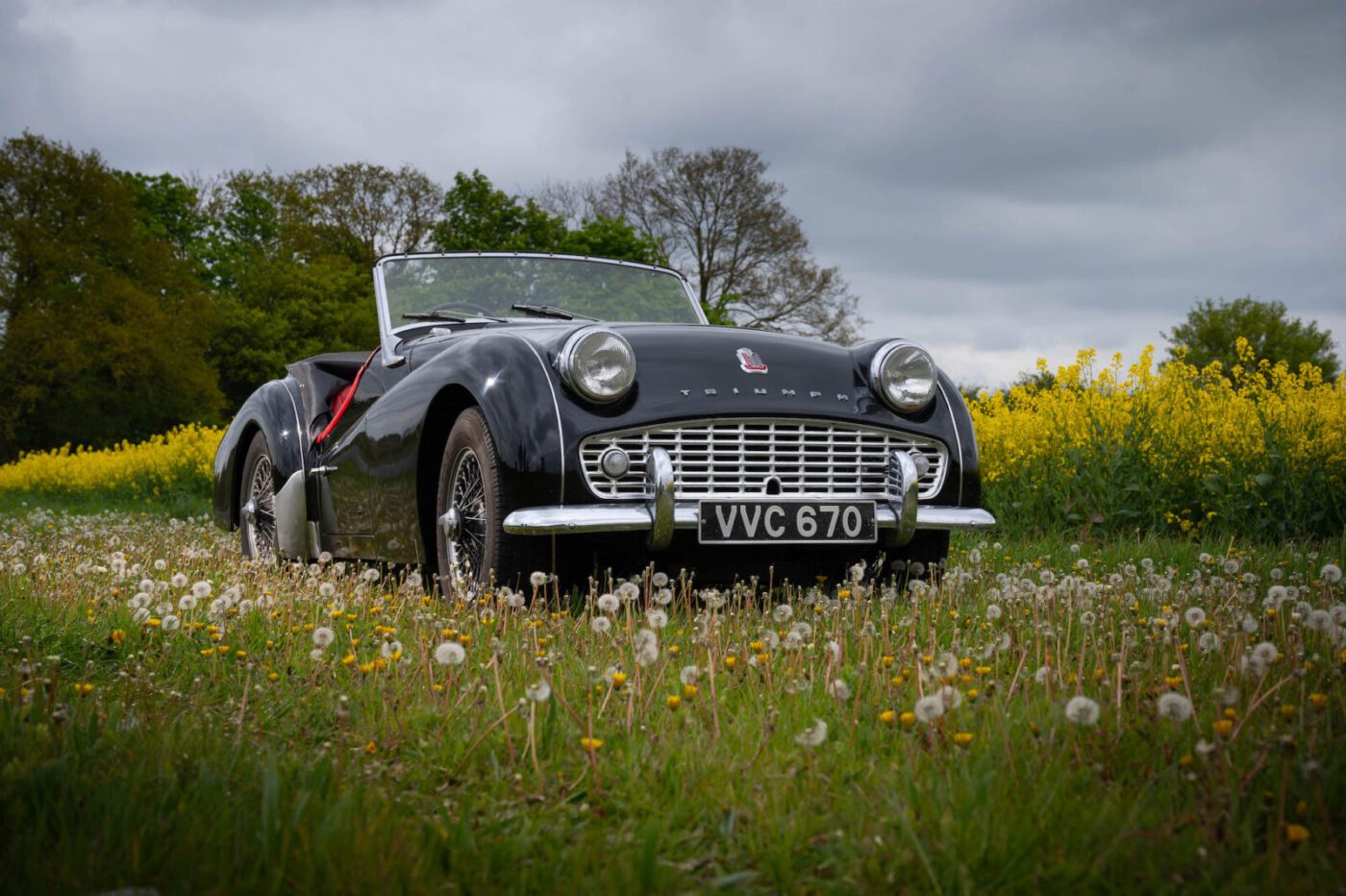
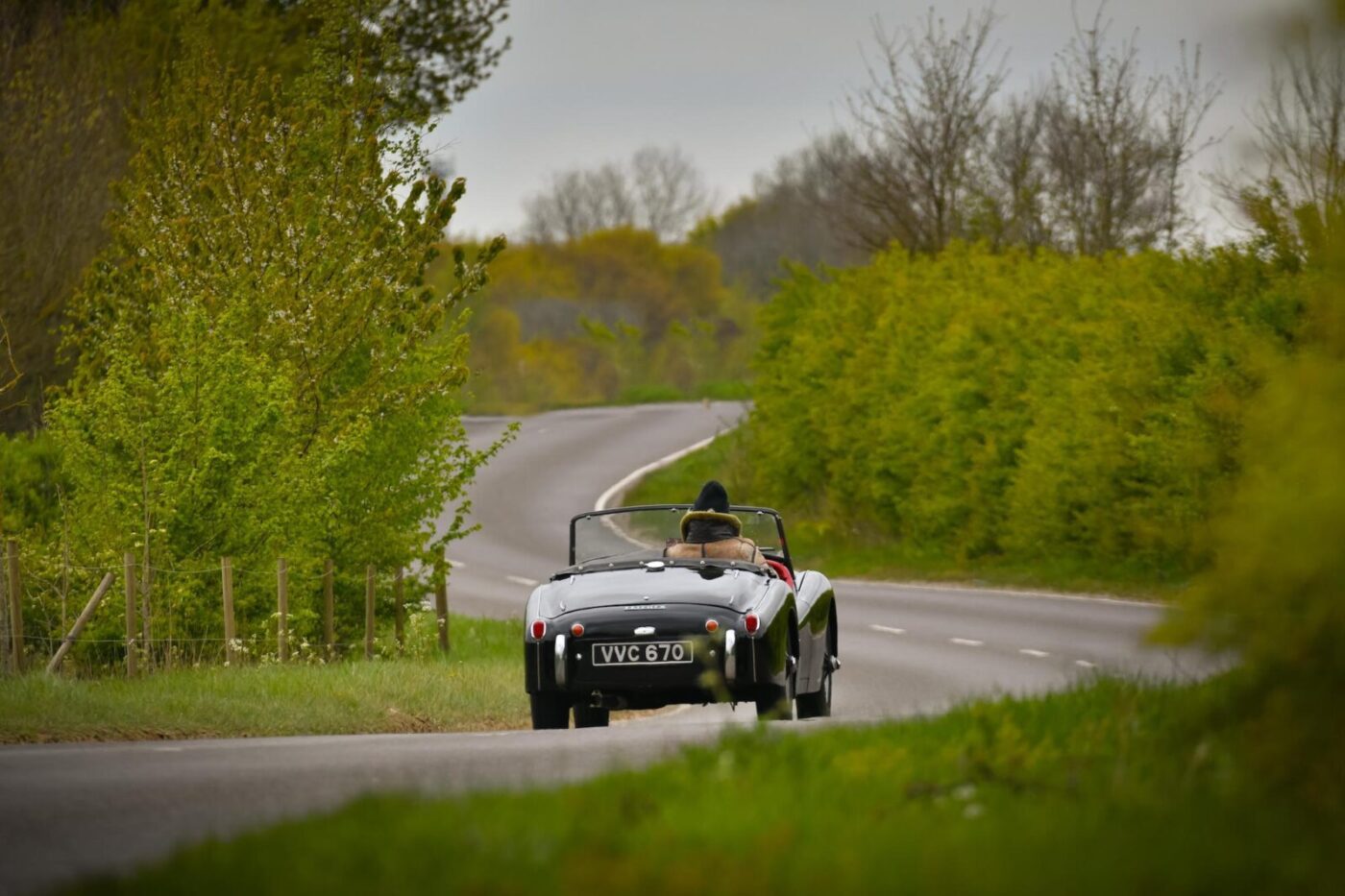
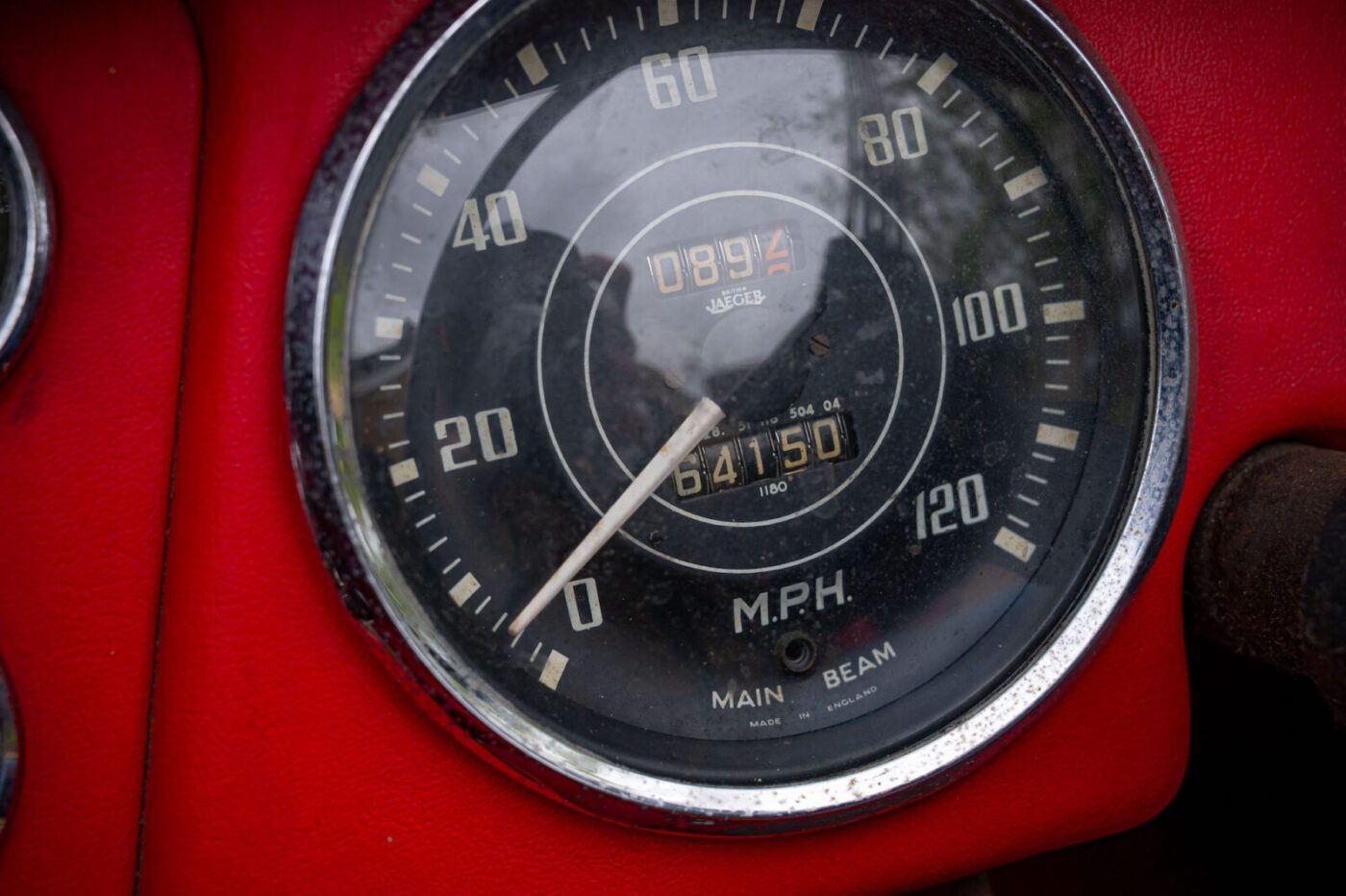
“I’ve never attended one of our club meetings in anything but a TR. You get some people who, in the winter, bring their eurobox rather than a TR. But as I keep telling them all, it’s only water. “Every blue moon I stick a bit of shampoo in a bucket and give them a mop down to remind me what colour they are.
“People have got strange ideas about classic cars. To me, it’s just a car, a car I happen to like. I wouldn’t want a modern car with all this computerised nonsense and being so insulated from the road you don’t know where you are. It’s just a nice simple car, and if it goes wrong I can fix it.
“I’ve never had a breakdown. I service them and keep them looked after. They’re so simple, and they’re utterly, utterly reliable.”
Then there are car park dings, an occupational hazard of every motorist who uses their car for shopping…
“Just before Christmas, I parked at Tesco and this woman was looking very worried,” says Chris. “She said ‘I’ve just backed into your car’, and she’d put a little crease in the wing. I said ‘don’t worry about it – it’s not as if you’ve mangled the blooming thing.
When I get a minute, two minutes with a felt pad and you won’t even notice it’s been done. Don’t panic!”Chris would never voluntarily sell any of his cars but, if a gun was held to his head, which of the three would he part with?
“I don’t know, pull the trigger,” he laughs. “I can’t really think of anything I’d want to replace them with. People have always offered, especially the 3A, but I’m not interested.
“I had a chap approach me when I was at Tesco sloshing some petrol in it. He came bounding across and said ‘what a lovely car, how much is it worth?’ I said ‘it’s not worth anything, I’m never going to sell it’.
“Years ago it used to be ‘that’s nice, how fast does it go, or how many miles to the gallon does it do?’ Now it’s ‘what’s it worth?’ I don’t know and I don’t care.
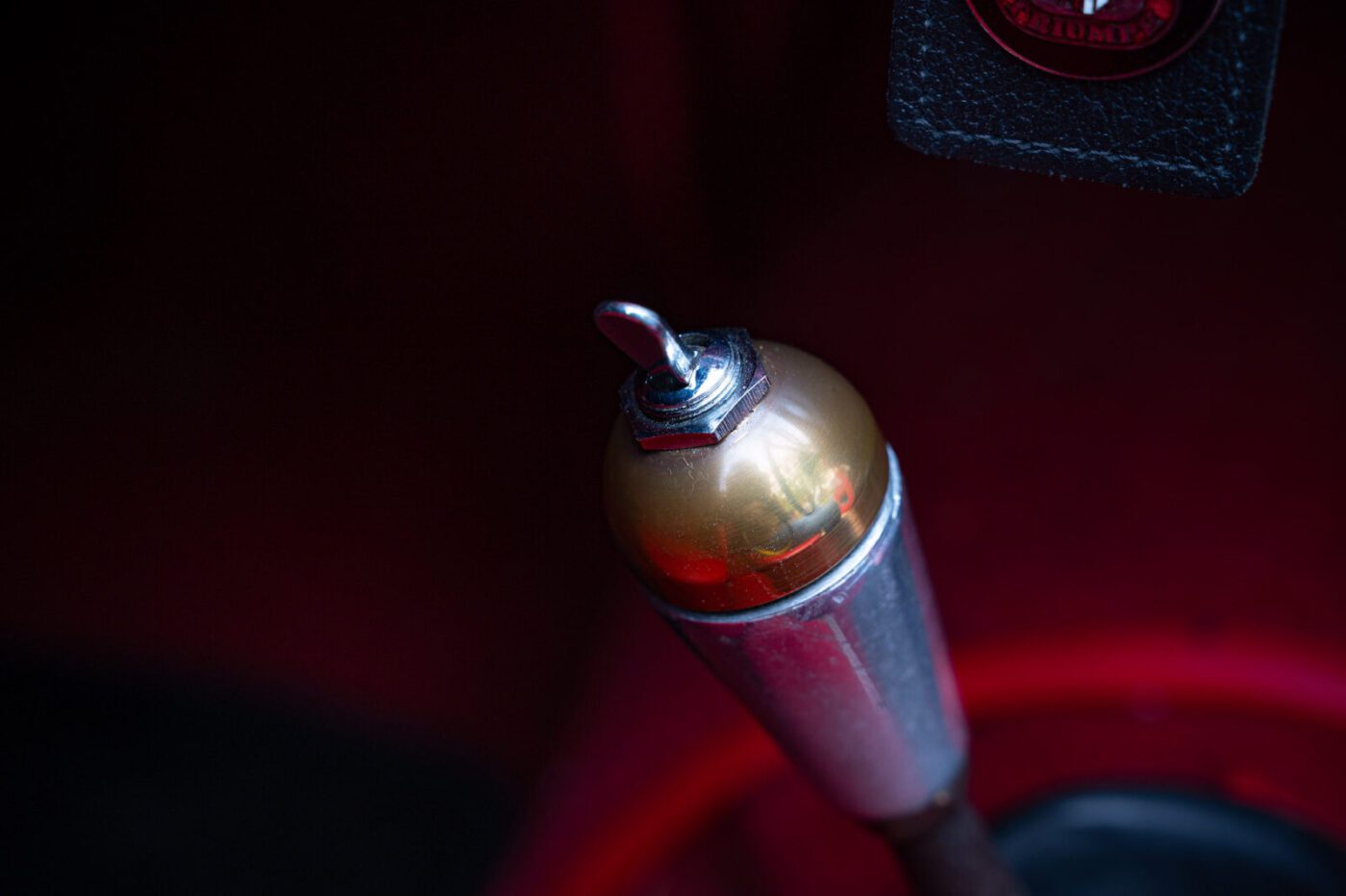
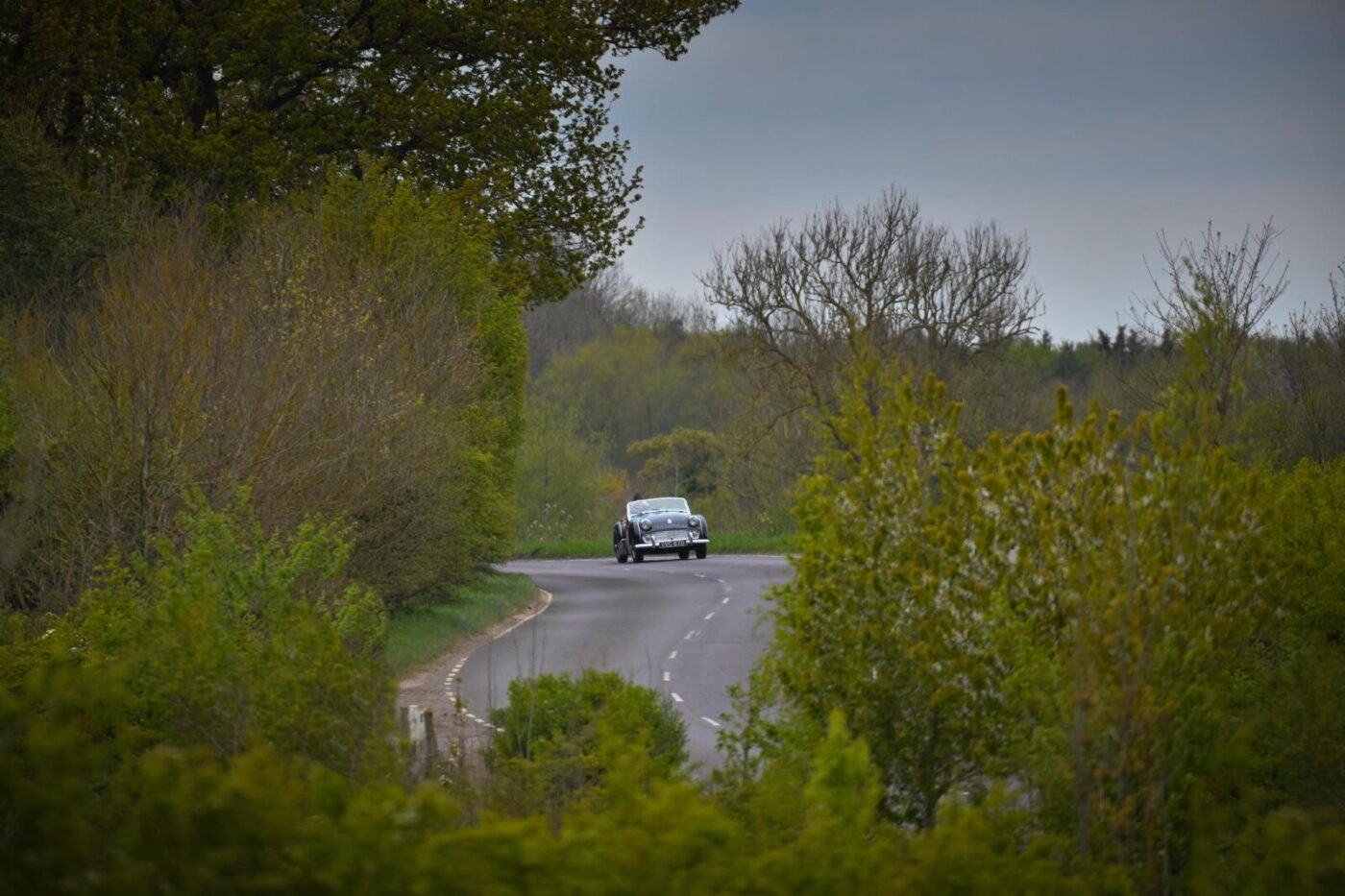
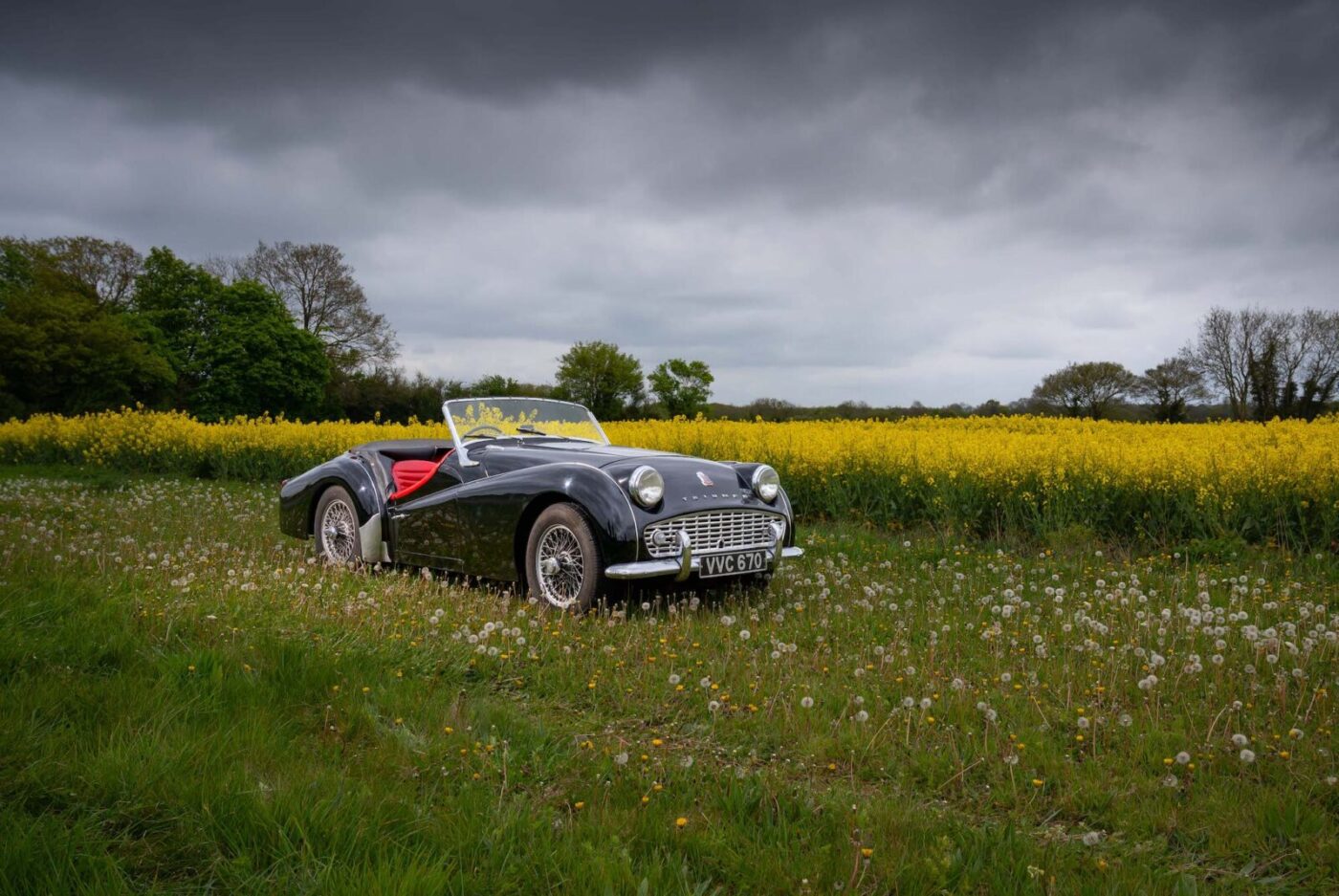
“It’s a car I gave £200 for about 40 years ago.”
Make no mistake though – these cars hold a special place in Chris’s heart. Would he describe himself as sentimental?
“I suppose as much as it’s possible to get sentimental about an inanimate object, yeah,” he admits. “But at the end of the day, they’re cars. If somebody dropped a bomb and obliterated them, I would look for something similar.”

